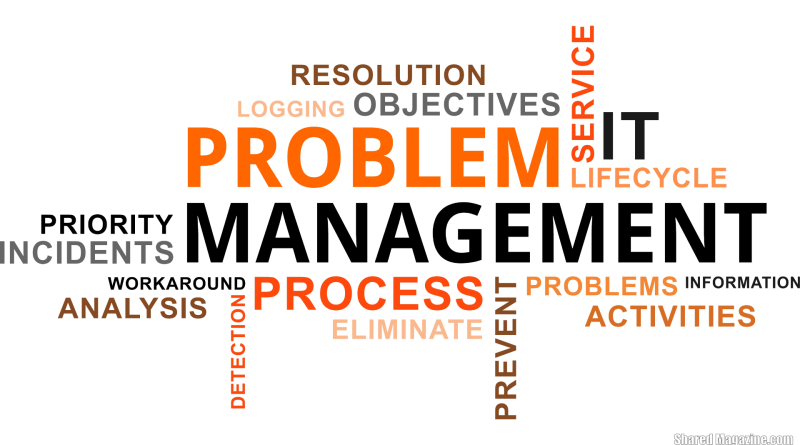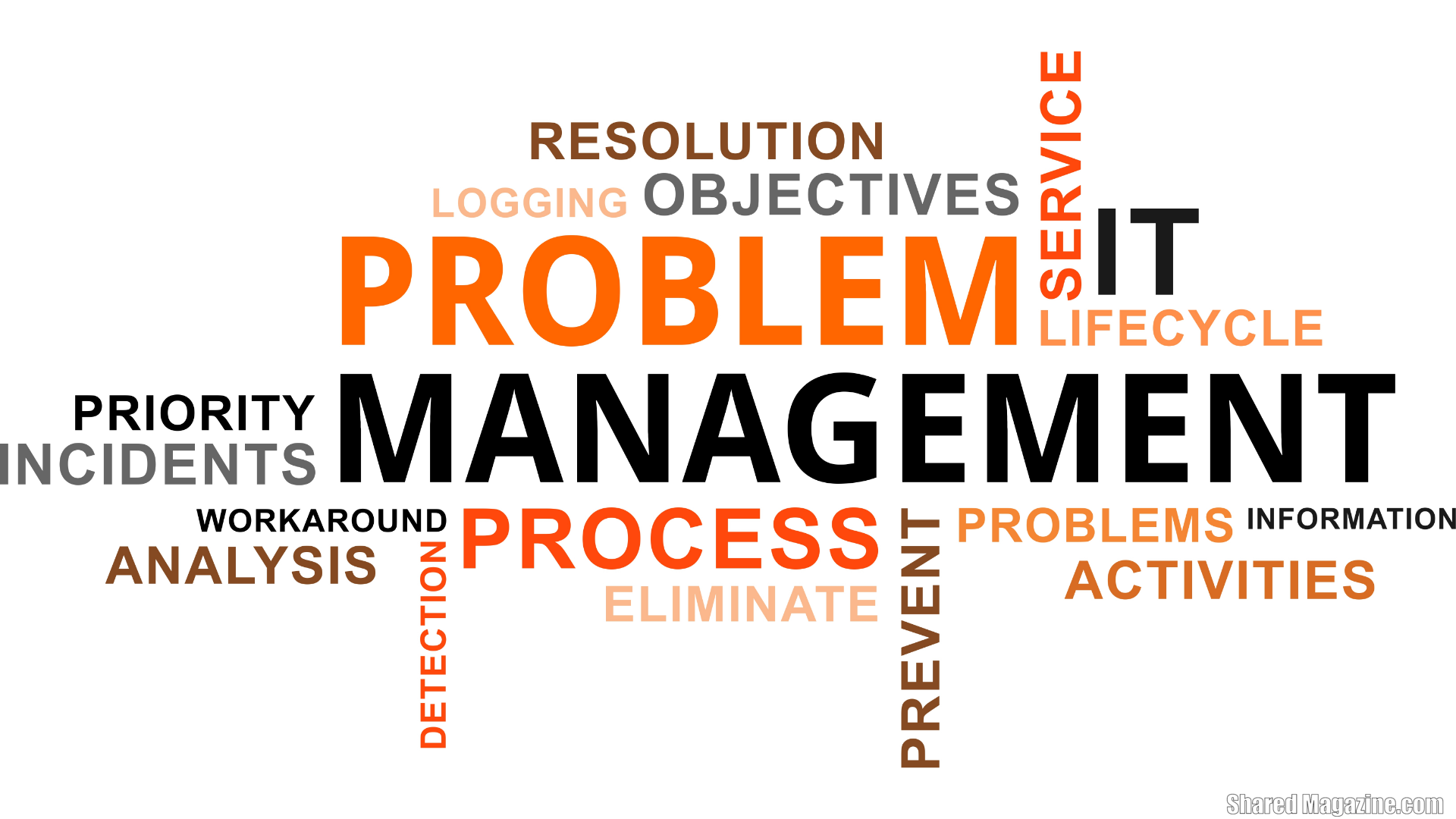The Integration of ITIL Problem Management with Incident and Change Management
Introduction
In information technology, an organization’s ability to operate efficiently depends on the flawless coordination of several operations. The Information Technology Infrastructure Library (ITIL) is one framework that has demonstrated its effectiveness in enhancing IT service management.In this blog, we will explore the value of ITIL Certification and the nuances of ITIL Problem Management, focusing on how it integrates with Incident and Change Management to promote an all-encompassing strategy for IT service delivery.
The Essence of ITIL Certification
To provide the groundwork for exploring ITIL Problem Management and its integration, let’s first understand the importance of ITIL certification. Obtaining an ITIL certification is like accessing a gold mine of techniques and best practices for improving IT service management. It attests to your competence with ITIL procedures and gives you the know-how required to function in contemporary IT settings.
Introduction to ITIL Problem Management
ITIL Problem Management is the cornerstone of efficient IT service management. Problem management adopts a proactive approach instead of reactive approaches, which deal with problems as they arise. Its objectives are to pinpoint the underlying causes of problems, stop them from happening again, and lessen the damage they do to IT systems. Experts in ITIL problem management who hold certifications are essential to preserving the integrity of IT infrastructure.
Incident Management
Incident management is the process of quickly resolving unanticipated disturbances to IT systems. Its main goal is to promptly return regular service operations to normal. It is indisputable that ITIL Problem Management and Incident Management work well together. Problem Management delves deeper, addressing the underlying causes to stop future recurrences, while Incident Management deals with the symptoms and offers instant relief.
Integrating ITIL Problem Management with Incident Management
It is not just a decision to integrate ITIL Problem Management with Incident Management; it is a strategic requirement. By doing this, businesses can foster a mutually beneficial relationship between the proactive approach of problem analysis and the reactive nature of incident resolution. The robust structure created by this integration improves IT services’ general effectiveness and durability.
Change Management
Change will inevitably occur, and change management ensures it does so in a planned, systematic way. To ensure that changes are implemented without creating new issues or interruptions, it is essential to integrate ITIL Problem Management with Change Management. It creates a cooperative environment where problem analysis gives the change management process essential insights.
Integrating ITIL Problem Management with Change Management
Combining ITIL Problem Management with Change Management creates a cohesive front to avoid possible disruptions. Organizations can make wise judgments by reviewing past incidences and issues during the transformation process. By taking a proactive stance, the likelihood of unforeseen outcomes is decreased, guaranteeing that modifications are executed seamlessly and in line with the long-term reliability of IT services.
ITIL Problem Management and Knowledge Management
Knowledge Management collaborates with ITIL Problem Management in ITIL processes to produce a dynamic insight library. Because of the collective wisdom gathered from previous incidents and problems, this collaboration goes beyond incident response and problem analysis. Organizations may access a wealth of historical data and solutions by integrating ITIL Problem Management with Knowledge Management.
This synergy draws on past experiences and enables IT teams to react quickly to reoccurring problems. As a result, issue-solving becomes more intelligent and flexible, and every occurrence adds to the expanding body of knowledge.
ITIL Problem Management and Service Level Management
The union of Service Level Management (SLM) and ITIL Problem Management creates a strategic alignment in IT services. Through defining and observing service level agreements (SLAs), service level management establishes the benchmarks against which ITIL Problem Management functions. Setting explicit service level agreements (SLAs) that specify requirements for problem investigation and incident handling is the first step in the collaborative dance.
By using these standards as a guide, the IT staff can ensure that they meet and exceed client expectations. In addition to addressing problems, strategic alignment entails doing so within predetermined bounds of service quality
ITIL Problem Management and Continuous Monitoring
ITIL Problem Management and Continuous Monitoring work together to provide a watchful guard in IT service management. By giving pre-emptive identification of possible issues before they become incidents, continuous monitoring offers real-time insights into the operation of IT systems. Establishing critical metrics and Performance Indicators (KPIs), which act as the IT landscape’s eyes and ears, is the first step in the symbiotic connection.
Organizations can identify anomalies and possible problems early on by closely monitoring these indications. The resolution process is changed from reactive to proactive when ITIL Problem Management and Continuous Monitoring are integrated. This reduces disruptions and promotes a continuous improvement culture.
ITIL Problem Management and User Experience
The partnership between ITIL Problem Management and User Experience (UX) in IT service delivery aims to raise customer satisfaction. Working together becomes essential when one realizes how vital users are in spotting and reporting problems. To involve users in ITIL problem management, candid dialogue, and cooperation must be promoted. Users play a crucial role in the resolution process because they are frequently the first to see problems.
IT workers may diagnose issues more quickly and accurately by actively interacting with end users, which provides them with essential insights into the nature and effect of issues. It goes beyond fixing problems to comprehend the impact on end users when ITIL Problem Management and User Experience are integrated. This collaborative approach guarantees that enterprises meet and surpass user expectations in the constantly changing digital landscape.
Harnessing the Power of ITIL Problem Management
A comprehensive approach is necessary for professionals to learn ITIL Problem Management. In addition to comprehending the procedures and methods, it entails developing analytical abilities to recognize and resolve underlying problems. Accepting continuous improvement is essential because it guarantees that problem-solving techniques change to keep up with the ever-changing IT environment.
The Role of ITIL Certification
Earning an ITIL certification is one of the smartest steps toward mastering. It provides access to a network of resources and specialists and confirms one’s knowledge. Professionals who complete the certification process will be more equipped to handle change, solve incidents, and analyze problems.
Conclusion
It is a best practice and a strategic requirement in IT service management to integrate ITIL Problem Management with Incident and Change Management. Organizations may ensure a resilient and effective digital infrastructure by strengthening their IT services against interruptions through the symbiotic interaction between proactive and reactive measures. Remember that mastering problem management is about more than simply fixing problems; it’s about influencing how IT services are provided in the future as you embark on your ITIL certification journey.



